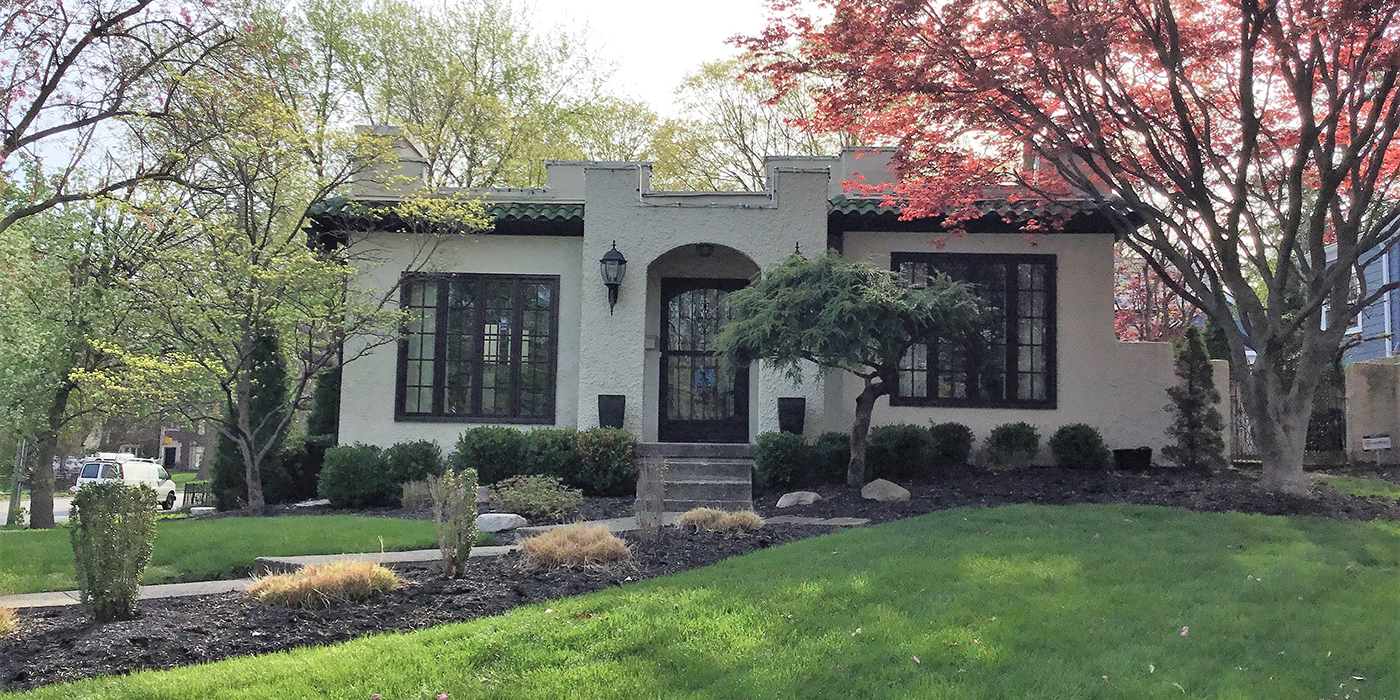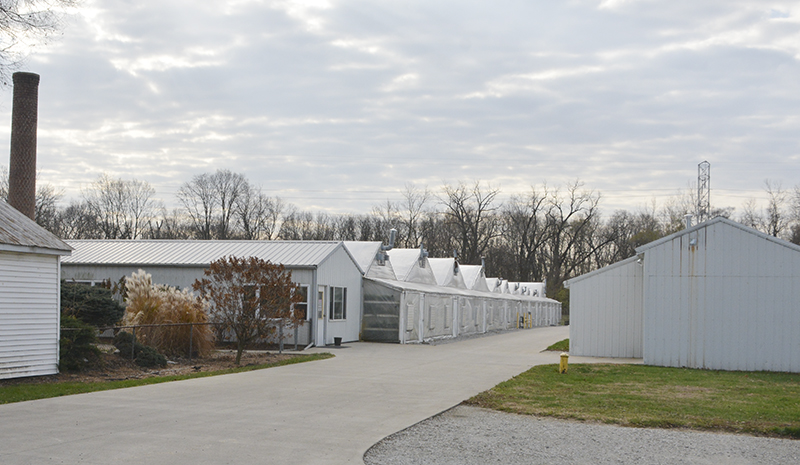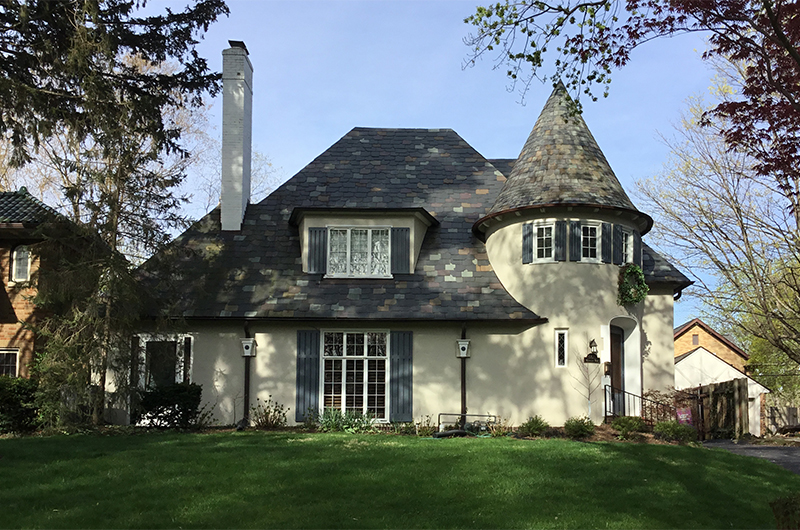NEWS
Road Projects Trigger Two New Indy Historic Districts
When planned road projects held potential to impact two Indianapolis neighborhoods, Indiana Landmarks supported their nomination to the National Register to mark their importance in the city’s history.

Historic Character
When a historic place stands out because of its architecture or history, it may qualify for listing in the National Register of Historic Places, the nation’s list of official landmarks maintained by the National Park Service. While National Register status is largely honorific, it can bring financial benefits and offer limited protection from development in certain situations. When planned road projects held potential to impact two Indianapolis neighborhoods, Indiana Landmarks supported their nomination to the National Register to mark their importance in the city’s history.
South of the city, the Bluff Road Historic District (a.k.a. Southside German Market Gardeners Historic District) includes 73 properties along Bluff Road between Sprague Street and Thompson Road. German market farmers began settling in the area by the 1880s, building homes, sheds, and greenhouses, and growing fields of produce in long, narrow lots along Bluff Road. The farms played an important role in Marion County’s vegetable production well into the 1930s and 1940s, supplying markets around the city and region with fresh food. Today, several descendants of the German migrant farmers still operate farming- and gardening-related businesses along Bluff Road, carrying on their ancestors’ southside legacy. (See a short video on the district here.)

In the Bluff Road Historic District, the Schlensker-Schlegel Farm includes historic greenhouses used by German market farmers who settled the area in the 1880s. (Photo: Weintraut & Associates, Inc.)
In 2020, when officials charted a route to expand Interstate 69 in southwestern Marion County, the project’s use of federal funds triggered a process called Section 106 review, which requires federal agencies to consider a project’s potential to affect historic properties, and determine a plan to minimize or counteract any losses. Indiana Landmarks regularly participates in such reviews, offering preservation guidance and advice on mitigating negative impacts. In this case, our staff advocated for nominating the Bluff Road Historic District to the National Register to draw attention to the area’s significant German heritage.
On the city’s north side, the North Pennsylvania Street Historic District encompasses a portion of the Meridian-Kessler neighborhood roughly east of the North Meridian Street Historic District, including nearly 900 properties between North Pennsylvania Street, New Jersey Street, 46th Street, and Westfield Boulevard. The area is home to several neighborhood schools, and a large number of families and children walk or bicycle to school each day. Local adoption of the federal “Safe Routes to Schools Project,” an initiative to improve safety for pedestrians and cyclists, triggered review of how proposed modifications to streets and sidewalks could impact the historic neighborhood.

North Pennsylvania Street Historic District in Indianapolis (Photo: Weintraut & Associates, Inc.)
The area is typical of “automobile suburban” development in Indianapolis in the 1920s and 1930s, when upwardly mobile families built large houses north of downtown. Today, the neighborhood serves as a window into popular house styles of the mid-twentieth century, with examples of Tudor, Colonial Revival, Prairie, and Craftsman styles, as well as American Foursquares, split-level houses, ranches, and bungalows. Indiana Landmarks backed nominating the neighborhood to the National Register to codify its architectural and historical importance.
In both districts, the neighborhoods’ National Register designation makes their contributing historic properties eligible for tax incentives and rehabilitation grants that could aid their preservation.
For more information about these neighborhoods, National Register listings, and financial incentives for preservation, contact Indiana Landmarks Vice President of Preservation Services Mark Dollase, mdollase@indianalandmarks.org.
Stay up to date on the latest news, stories, and events from Indiana Landmarks, around the state or in your area.
